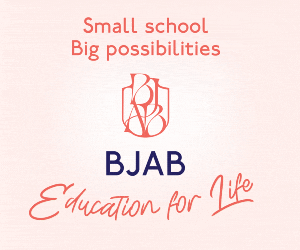James Drew guides you through the Belgian health service’s recent changes to how you are reimbursed.
As of February this year, at the end of your visit to the doctor, your doctor gives you an official form, an attestation of medical service (eAttest), proving that you attended a medical appointment with a doctor registered with INAMI/RIZIV (National Institute for Health Insurance), as well as the amount that you paid and the health-care service that was provided.
The advantages of eAttest are numerous – you no longer need to send a paper certificate to your mutuality. You are paid back faster, and you are less likely to lose your certificates or to miss the 2-year period during which a refund is possible. Finally, and perhaps most importantly, the electronic exchange of data between your doctor and your mutuality is secure. And, the eAttest is sent electronically to your health insurance provider, who then takes care of payment. No further action is required on your part.
It’s a distinct improvement on what used to happen – when I first arrived in Belgium, the old-fashioned paper documents, which used to have to be sent to one’s health insurance provider with an identification sticker, was the only option. The procedure took much longer, with your document having to go through an involved processing procedure before your money could be transferred to you. Now both methods are available, side-by-side.
One less thing to worry about, hooray! And Partena Business & Expats can help you with all your health questions concerning eAttest. For more details, visit the Partena B&E website.
This is article was sponsored by Partena Business and Expats.







